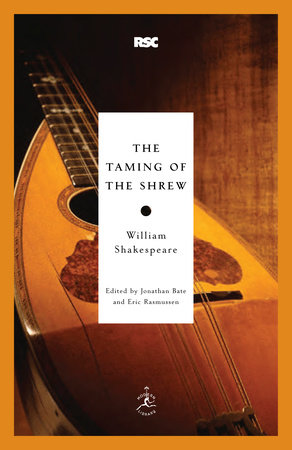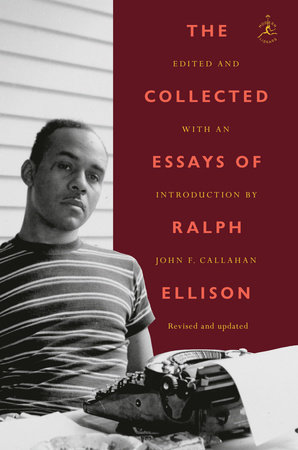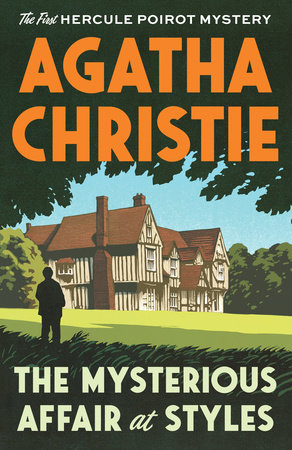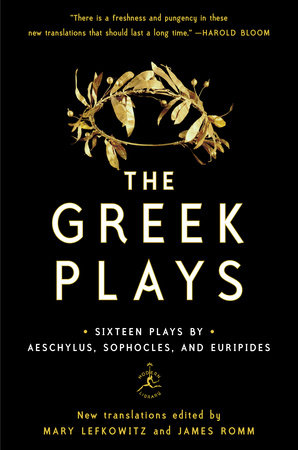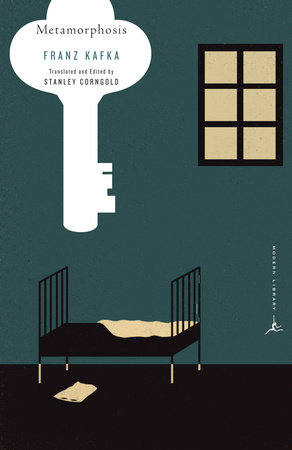Excerpt
The Taming of the Shrew
Introduction
THE “TAMING” AND THE “SHREW”
The Taming of the Shrew: is Kate (or should we call her Katherina?) really a “shrew” and is she really “tamed”?
The novelist Vladimir Nabokov once wrote that “reality” is a word that only has meaning when it is placed between quotation marks. The physicist’s “reality” is not the same as the biochemist’s, the secular humanist’s as the religious fundamentalist’s. Dare one say that woman’s is not the same as man’s? In a culture where the conception of inherent sexual difference is regarded as a mere prejudice, as a forbidden thought (regardless of the “reality” revealed by molecular biology and neuroanatomy), The Taming of the Shrew is not likely to be one of Shakespeare’s most admired plays. Its presentation of female subordination presents the same kind of awkwardness for liberal sensibilities that the representation of Shylock does in the postHolocaust world. At face value, the play proposes that desirable women are quiet and submissive, whereas women with spirit must be “tamed” through a combination of physical and mental abuse. Necessary tools may include starvation, sense deprivation, and the kind of distortion of “reality” that is practiced in totalitarian regimes.
Thus O’Brien to Winston Smith in George Orwell’s
1984: “How many fingers am I holding up?” In this “reality” the correct answer is not the actual number but the number that the torturer says he is holding up. There is a precise analogy on the road back to Padua, after Kate has undergone her taming in the secluded country house where no neighbor will hear her cries:
PETRUCHIO I say it is the moon.
KATE I know it is the moon.
PETRUCHIO Nay, then you lie. It is the blessèd sun.
KATE Then, God be blessed, it is the blessèd sun. But sun it is not, when you say it is not, And the moon changes even as your mind. What you will have it named, even that it is, And so it shall be so for Katherine.
HORTENSIO Petruchio, go thy ways, the field is won.
She has been bent to her husband’s will. She is now ready to demonstrate that she is prepared to love, serve, and obey him. She knows her place: “Such duty as the subject owes the prince / Even such a woman oweth to her husband.” She offers to place her hand beneath her husband’s foot. The shrew is tamed.
The younger dramatist John Fletcher, who was Shakespeare’s collaborator in his final years, clearly thought that this harsh ending needed a riposte. He wrote a sequel, The Woman’s Prize; or, The Tamer Tamed, in which Kate has died and Petruchio remarried, only to find his new wife giving him a taste of his own medicine by means of the time-honored device of refusing to sleep with him until he submits to her will. Kate’s sister Bianca plays the role of colonel in a war between the sexes which the women win, thus proving that it was an act of folly for Petruchio to tyrannize over his first wife in Shakespeare’s play
In Shakespeare’s time, it was absolutely orthodox to believe that a man was head of the household, as the monarch was head of state and God was head of the cosmos. “My foot my tutor?” says Prospero in The Tempest when his daughter, Miranda, presumes to speak out of turn: if the man was the head, the girl-child was the foot, just as in Coriolanus a plebeian is nothing more than the “big toe” of the commonwealth. Kate’s readying of her hand to be trodden upon turns the analogy between social and bodily hierarchy into a stage image. But she is going much further than she should: the wife was not supposed to be beneath the foot, she was supposed to be the heart of the household. Instead of crowing in his triumph, Petruchio says “kiss me, Kate” for the third time, giving Cole Porter a title for his reimagining of the story in the cheerful mode of a musical.
Nabokov placed the word “reality” in quotation marks not because he was a cultural relativist, but because he was an aesthete. That is to say, he did not believe that art was merely a reflection, a mirror, of a preexistent “reality.” Art shapes the way in which we perceive ourselves and the world. “Falling in love” is not only the work of molecular change in the brain, but also a set of behaviors learned from the romantic fictions of page, stage—now screen—and cultural memory. One of the tricks of great art is to draw attention to its own artificiality and in so doing paradoxically assert that its “reality” is as real as anything in the quotidian world of its audience. Shakespeare’s taste for plays-within-the-play and allusions to the theatricality of the world, Mozart’s witty quotations of the clichés of operatic convention, and Nabokov’s magical wordplay all fulfill this function.
Sometimes, though, the opposite device is used: an artist puts quotation marks around a work in order to say “Don’t take this too seriously, don’t mistake its feigning for ‘reality.’ ” The Taming of the Shrew is such a work: the opening scenes with Christopher Sly place the entire play within quotation marks. The “induction” presents a series of wish-fulfillment fantasies to a drunken tinker: the fantasy that he is a lord, that he has a beautiful young wife, that scenes of erotic delight can be presented for his delectation, and that a company of professional players will stage “a kind of history” for his sole benefit, in order to frame his mind to “mirth and merriment” while teaching him how to tame a shrewish wife. But Sly is not a lord and the “wife” who watches with him is not a woman but a crosseddressed boy—which reminds us that in Shakespeare’s working world the Kate who is humiliated by Petruchio was also not a woman but a cross-dressed boy-actor. The effect of the frame is to distance the action and so to suggest that it does not present the “reality” of proper marital relations. If Sly is not a lord and the pageboy not a wife, then this is not how to tame a shrew.
In the surviving script of the play, Sly and the pageboy disappear after the first act, presumably because Shakespeare’s acting company was not large enough to waste several members of the cast sitting in the gallery as spectators all the way through. But in an anonymously published play of 1594 called The Taming of a Shrew, which is a source, adaptation, reconstruction or variant version of Shakespeare’s play, the Christopher Sly “frame” is maintained throughout the action by means of a series of brief interludes and an epilogue. This version ends with the tinker heading for home with the claim that the play has taught him how to tame a shrew and thus to handle his own wife. But the tapster knows better: “your wife will course [thrash] you for dreaming here tonight.” The hungover Sly is in no position to tame anybody; he will return home and be soundly beaten by his wife. Kate’s speech propounds the patriarchal ideal of marriage, but in A Shrew the union of Sly and his wife reveals this ideology’s distance from “reality.” Its implied resolution, with the woman on top, intimates that “real” housewives are not silent and obedient, and plays cannot teach husbands to tame them into submission.
We do not need the epilogue of the anonymously published play to see that Shakespeare’s ending is more complicated and ironic than first appears. Having been outwitted in his courtship of Bianca, Hortensio marries the widow for her money. The latter shows signs of frowardness and has to be lectured by Kate. The first half of Kate’s famous submission speech is spoken in the singular, addressed specifically to the widow and not to womankind in general: “Thy husband is thy lord, thy life, thy keeper, / Thy head, thy sovereign: one that cares for thee.” The contextual irony of this is not always appreciated: in contradistinction to Kate’s prescriptions, in the particular marriage to which she is referring it will be the wife, the wealthy widow, who provides the “maintenance.” Hortensio will be spared the labors of a breadwinner. According to Kate, all a husband asks from a wife is love, good looks, and obedience; these are said to be “Too little payment for so great a debt.” But the audience knows that in this case the debt is all Hortensio’s. Besides, he has said earlier that he is no longer interested in woman’s traditional attribute of “beauteous looks”—all he wants is the money. Kate’s vision of obedience is made to look oddly irrelevant to the very marriage upon which she is offering advice.


